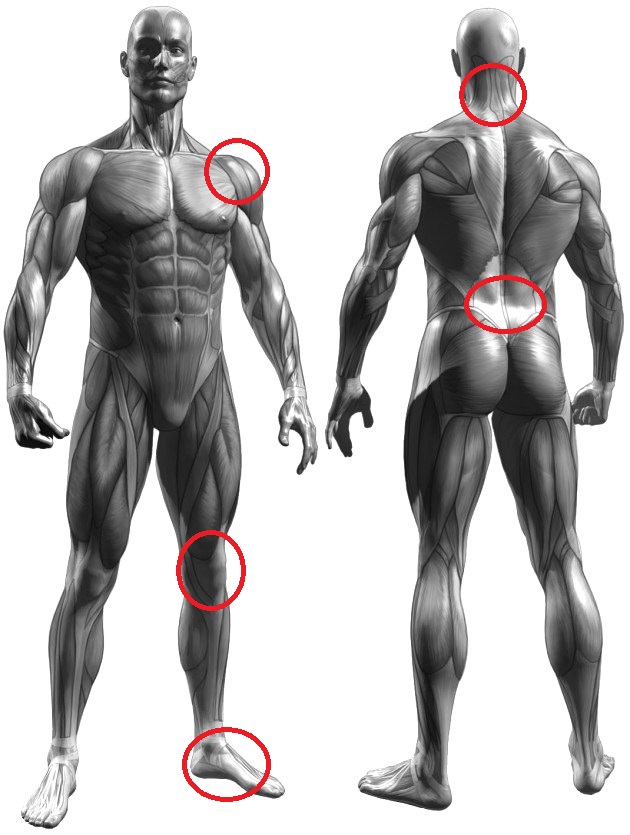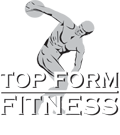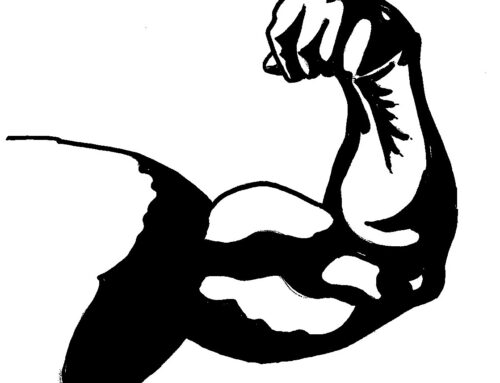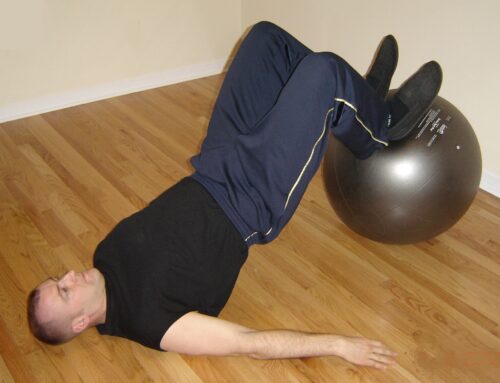
My last few blog posts have focused on injury prevention and fixing sore joints and muscles, specifically feet / ankles, knees, lower back, shoulders, and neck. This post is a summary or culmination of each of those previous topics, which I am collectively entitling “Bulletproof Your Body”.
My hope is that this will serve as a convenient reference for those suffering from aches, pains, weakness, and / or injury. Let’s start by outlining my fundamental approach to injury management:
1. Fix muscle imbalances by addressing your weak or inhibited muscles rather than trying to stretch out the tight ones. The key is to address the root cause, not just the symptom. This is why I suggest to avoid passive stretching, and instead to employ active stretching, isometric exercise, and corrective isolation exercises. Learn all about this in my recent blog post:
=> The Truth About Safe & Effective Stretching
2. Fix your foundation (The Feet) by doing progressive foot exercises and choosing the right footwear. Weak feet and foot issues can contribute to all sorts of issues up the chain (ie: knees, back, etc):
=> Fixing Your Feet Can Improve Full Body Function
3. Fix your knees by following these phases of rehab, progressing from isometrics, to isolation exercises, to compound exercises, targeting problem areas such as the medial quads and glutes:
4. Fix your back: Learn how weak core and glute muscles can lead to a tight, sore lower back, and find out what you can do to fix this. Even if your back pain is “disc related”, many of the static core exercises shown here can help…
5. Fix your shoulders: Discover some common causes of shoulder pain and learn how to correct them. Of course, if you’ve had an injury you should get assessed by a medical professional to rule out any serious tissue damage before beginning any exercise plan.
=> Build Strong, Stable, Pain-Free Shoulders
6. Build a Strong & Stable Neck: Neck issues are often closely related to shoulder issues. Weakness and muscular imbalance in your neck muscles can affect the strength of your upper limbs and can also lead to pain and postural issues. In fact, the neck and the feet may be the most important areas to work on in order to get your body back in balance. Try these exercises to build a stronger, healthier neck:
=> A Stronger Neck Can Reduce Pain and Increase Your Lifts
7. Pain Management: Certainly, correcting muscle imbalances, restoring range of motion and function, and allowing for proper healing and recovery are keys to reducing joint and muscle pain… but sometimes you will still experience pain or stiffness from training, such as DOMS. You don’t want pain to prevent you from actively following your recovery program. Here are some tips for managing pain in it’s different forms.
=> Natural Pain Control Methods
8. Rest and Recovery: To adapt and grow stronger from the training you do, your body needs plenty of quality sleep and nutrition. Aim for 7 to 9 hours of good quality sleep, stay well hydrated, and consume nutrient dense foods, focusing on protein, vegetables, and good fats. Certain supplements can reduce inflammation and support recovery as well, including fish oil, vitamin D, and joint-support supplements containing glucosamine, such as Flex Freak.
Research has also shown that having an optimistic mindset and a positive expectation of your outcome can lead to better results. Never underestimate the power of intention and the mental aspect!
=> Harness the Power of Your Mind for Faster Results
In the end it’s important to keep in mind that the body is greater than just a sum of it’s parts. We function as an inter-connected machine, not as separate, individual muscle groups. As you may have noticed going through the series of blog posts and videos above, each area of the body strongly affects other parts. Your feet affect your knees and hips. Your glutes affect your lower back and knees. Your neck affects your entire upper body.
As important as corrective exercise, warming up, and muscle activation is, the ultimate goal is to progress towards building a strong, well-balanced body by incorporating big basic compound exercises. By building some muscle and overall strength you increase your ability to take on a greater number of different physical activities while reducing the risk of injury. In the end, strength is what makes your “bulletproof”.







very interesting article
Thank you for taking the time to make this info available. You’ve helped me with a problem I’ve had with my feet. You are much appreciated.
Healthy body is the best.
Muscles can strengthen the body.
Hmmmm…. really?
[…] Bulletproof Your Body via Top Form Fitness. Great advice on how you can build up your body to prevent injuries. […]
[…] they are overtraining and becoming injured (ahhhhhhhhhh so familiar) So here are some great ways to BULLETPROOF YOUR BODY (and ward off […]
I learned a lot from this article and hope every one that read this learned as much as i do
sam f